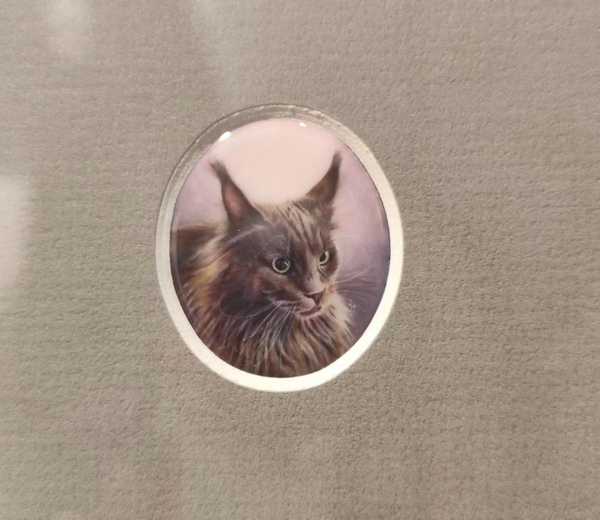

The most challenging enameling technique, according to Zheng, is none other than painting miniature portraits in enamel.
Portrait miniature painting in watercolor had a long tradition in Europe from the 16th century to the 19th century. But from the 1630s, patrons had the additional choice of miniatures painted in enamel — a technique invented by French enamellist Henri Toutin and made popular by Swiss enamel painter Jean Petitot. Miniatures painted in enamel were attractive for their vibrancy and durability – unlike miniatures painted in watercolor, which were easily damaged by fading and water.
To create enamel miniatures, powdered glass and metal oxides are mixed with oil to make a paste which is then painted color by color onto a small opaque, usually white enamel surface annealed to a gold or copper plate. The metallic paints are slightly fused to the enamel surface through heating. After cooling, the completed picture is covered with transparent vitreous enamel and heated again to give the image a glazed appearance.
“Making enamel miniatures not only requires extraordinary painting skills but also a great command of kiln temperatures,” Zheng said.
Chinese artist Nie Jinghui is considered a master in this medium. She used to study under both French and British enamellists. A roster of her enamel miniature portraits, of both people and animals, marveled the audience for their exquisite details on bases no bigger than coins.
The exhibit is free to the public and runs through July 2.
Two enameling workshops will be held during the event to offer the audience a hands-on opportunity to learn more about the craft.
If you go:
9:00 am – 6:30 pm, Monday – Sunday; Alliance Francaise (Guangcai Center), 2ndfloor of Institute Francais, No. 18, Workers’ Stadium West Road.
